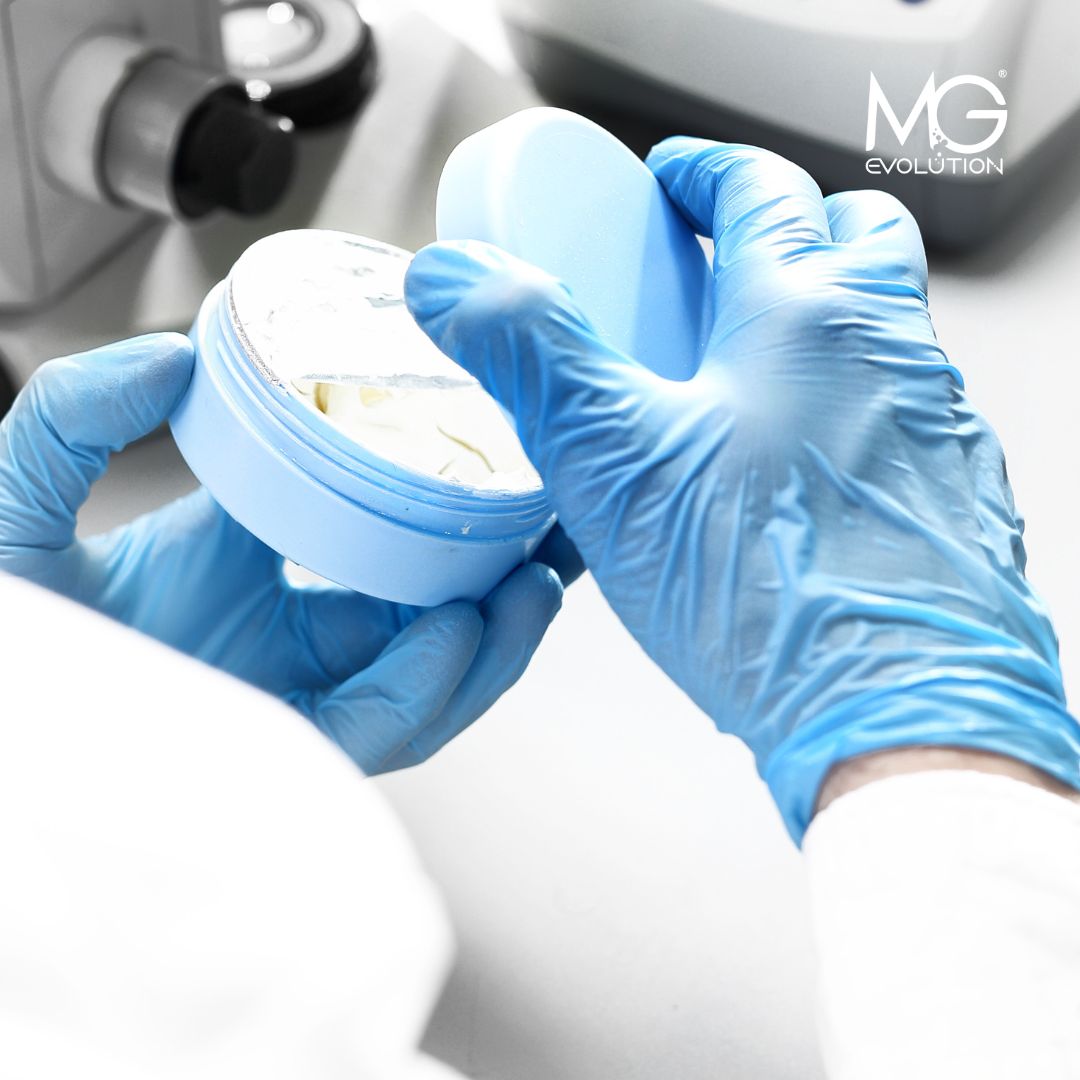In an era of growing health awareness, tightening EU regulations, and evolving consumer expectations, choosing the right UV filters in cosmetics is not just a technological decision, but also a strategic one. What solutions dominate the market today, and which are best suited for your product?
Organic (Chemical) Filters
These include compounds such as avobenzone, octocrylene, or ethylhexyl salicylate, which absorb UVA and UVB radiation. They have a lightweight texture and do not leave a white cast on the skin, making them a popular choice for daily cosmetics. However, they require proper stabilization and may irritate sensitive skin.
Inorganic (Mineral) Filters
Zinc oxide and titanium dioxide create a physical protective barrier that reflects UV radiation. They are well-tolerated even by very sensitive skin and children. However, if not properly dispersed, they can leave a white film on the skin.
Hybrid Systems
An increasingly popular option, hybrid systems combine the advantages of both filter types. They offer broad-spectrum protection, good photostability, and a pleasant application feel. These solutions currently dominate the sun protection cosmetics market.
Trends and Market Data
🔹 The sun care product market is growing rapidly.
🔹 The value of the European UV filter cosmetics market in 2023 reached approx. USD 331 million, with a projected annual growth rate of 3.4% (CAGR) [1].
🔹 The European sun care market was valued at USD 2.53 billion in 2024 and is expected to grow by 7.3% annually through 2030 [2].
🔹 A 2023 study in Poland showed that in children’s cosmetics, 50% of products contained TiO₂, and 22% contained ZnO – confirming the importance of mineral filters in this segment [3].
Regulations and Safety
UV filters are active substances strictly regulated in the European Union (Regulation (EC) No. 1223/2009). Compliance with permissible concentrations, stability, and safety requirements is a key stage in every modern formulation.
Technological Recommendations
🔹 It is beneficial to use a combination of chemical and mineral filters to achieve maximum protection and user comfort.
🔹 Proper stabilization of the system is essential – using antioxidants and photostability-supporting ingredients.
🔹 Formulations should be tailored to the target group – mineral filters are preferred for children and sensitive skin, while hybrid or lightweight chemical filters are ideal for urban and premium cosmetics.
Support from MG Evolution®
At MG Evolution®, we combine innovation with safety. Our team of technologists and R&D specialists supports brands in creating UV-filter-based cosmetics – from ingredient selection and development of stable, effective formulations to implementation and production. We rely on the latest scientific data, legal regulations, and market needs.
If you want to create a safe, modern sunscreen cosmetic – get in touch with us. At MG Evolution®, we will design and manufacture it for you.
Sources:
[1] https://www.databridgemarketresearch.com/reports/europe-uv-filter-market
[2] https://www.grandviewresearch.com/horizon/outlook/sun-care-cosmetics-market/europe
[3] https://www.mdpi.com/2076-3417/14/8/3302




